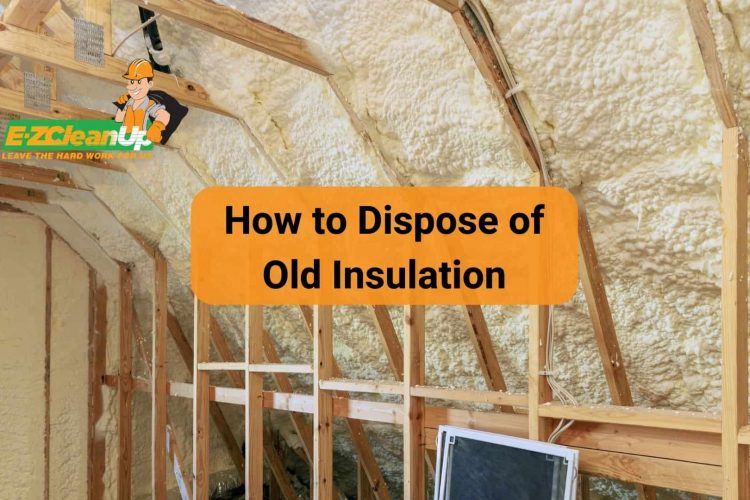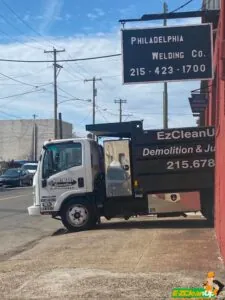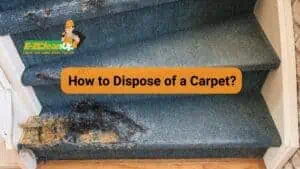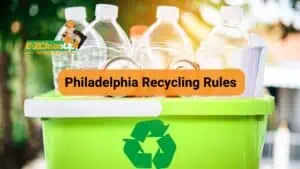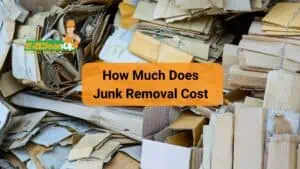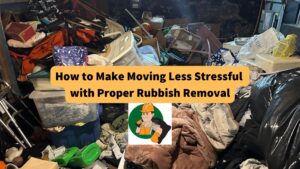To dispose of old insulation, identify its type, wear protective gear, and contact local recycling centers or waste authorities for proper disposal or recycling guidelines. This ensures safety and environmental responsibility.
Discover more about the impact of responsible steps on how to dispose of old insulation in our full guide.
Types of Insulation and Their Recyclability
Removing old insulation is a critical step in maintaining a healthy, safe, and environmentally responsible home. Understanding the recyclability of different insulation materials is crucial for eco-friendly waste management. This guide outlines the importance of proper disposal and the environmental considerations to keep in mind.
Fiberglass Insulation
Fiberglass insulation, made from fine strands of glass, is widely used for its thermal and acoustic insulation properties. It’s mostly used in both residential and commercial structures for its effectiveness in controlling temperature and reducing noise.
While fiberglass insulation is technically recyclable, the process requires specific facilities that can handle its composition. The recycling of fiberglass involves separating the glass fibers from any binders or adhesives, which can be challenging. The integrity of the material must not be compromised to ensure it can be effectively recycled.
Cellulose Insulation
Composed of recycled paper products, cellulose insulation is an eco-friendly option that provides excellent thermal insulation. It’s treated with fire retardants to enhance its safety in application.
Despite its sustainable composition, cellulose insulation is not readily recyclable through conventional means. The material often requires professional expertise for on-site recycling or repurposing due to its specific treatment and application forms.
Glass Wool Insulation
Glass wool, a subset of fiberglass insulation, consists of fibrous materials made from glass. It shares similar uses with fiberglass, providing thermal and sound insulation.
Glass wool insulation is more straightforward to recycle than traditional fiberglass, thanks to advancements in recycling technologies. Specialized machinery can process glass wool for reuse, making it a preferable option for disposal and contributing to environmental sustainability.
Importance of Proper Disposal
Proper disposal of insulation is crucial to avoid health hazards. Older insulation materials can contain harmful substances that pose risks to respiratory health and can irritate the skin. For example, insulation materials like asbestos, once common in older buildings, can release dangerous fibers into the air if disturbed.
Incorrect disposal of insulation can harm the environment. Many insulation materials are not biodegradable and can contribute to landfill overflow. Recycling or properly disposing of insulation reduces this impact by conserving resources and minimizing pollution.
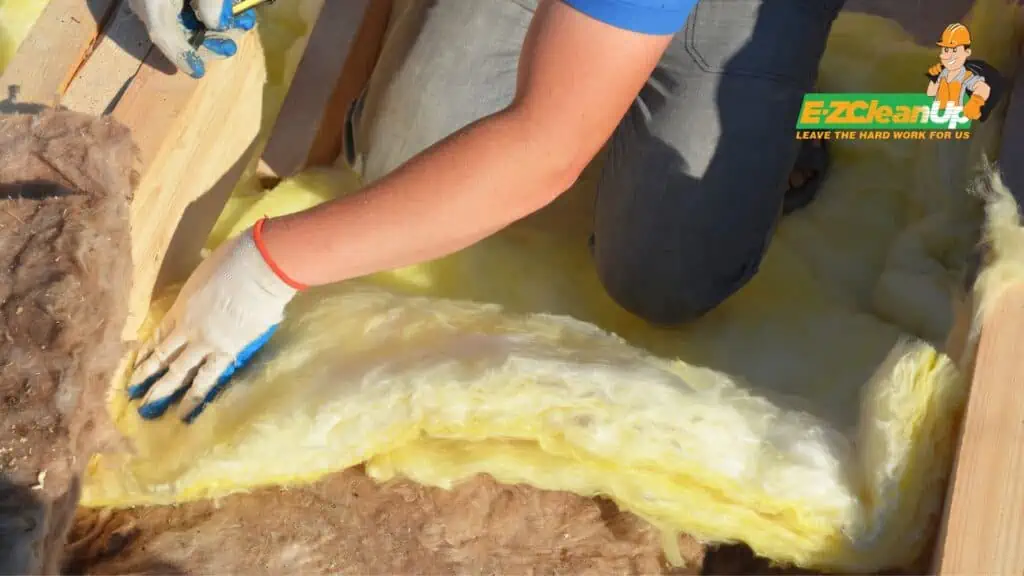
Environmental Considerations
When considering environmental aspects of insulation, it’s crucial to recognize how choices in materials and disposal impact sustainability and regulatory compliance. Here’s a concise overview:
- Recycling Opportunities: Insulation materials like glass wool, mineral wool, and stone wool can be recycled, which mitigates the environmental footprint of production.
- Regulatory Compliance: Adhering to local regulations for insulation disposal ensures harmful materials are managed to prevent soil and water contamination.
- Sustainable Practices: Recycling or proper disposal of insulation embodies sustainable construction, conserving resources, and fostering green industry growth.
- Proper Disposal: Responsibly discarding old insulation reflects a commitment to sustainability, safeguarding health, safety, and environmental integrity.
How to Prepare Insulation for Disposal or Recycling
Preparing insulation for disposal or recycling involves a few critical steps to ensure safety and environmental compliance:
1. Safety Measures for Handling Insulation
Before handling insulation, wear protective clothing, gloves, goggles, and a mask to shield yourself from irritating fibers and particles. This gear helps prevent direct contact with the skin and the inhalation of potentially harmful materials.
Keep the area well-ventilated to reduce the risk of inhaling insulation fibers. Limit the time spent in enclosed spaces where insulation particles are present.
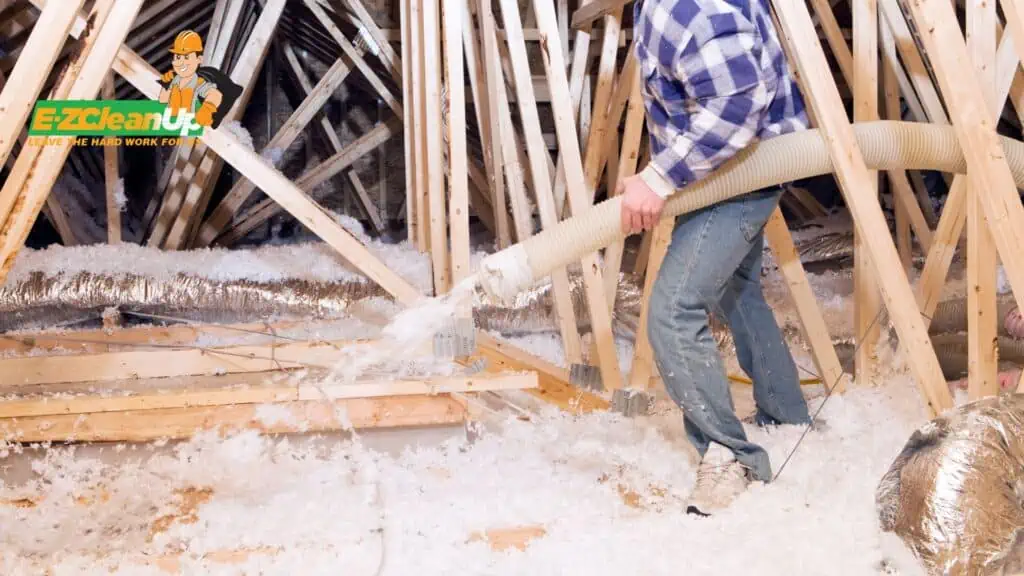
2. Identifying the Type of Insulation
Knowing the type of insulation you are dealing with is crucial for determining the appropriate disposal or recycling method. Different types of insulation—fiberglass, cellulose, and glass wool—have varying recyclability and require distinct approaches for safe handling and disposal.
Inspect the insulation for any identifying marks or labels. If unsure, consult with a professional who can identify the material based on its appearance, texture, and installation area.
3. Removal Process of Old Insulation
Organize the removal process by having bags or containers ready for the safe containment of the old insulation. This helps in preventing the spread of fibers or particles during the removal.
Use tools designed for insulation removal to minimize the release of materials into the air. Seal the insulation in bags promptly after removal to contain any loose fibers.
Research local regulations and facilities that accept the type of insulation you’re disposing of. Some materials, like fiberglass and glass wool, can be recycled, while others may need to be disposed of as waste.
Disposal Options for Old Insulation
Choosing the right disposal method for old insulation is key to ensuring environmental responsibility and compliance with local regulations. Whether recycling, landfilling, or consulting with waste disposal authorities, understanding your options can help make the process more manageable.
Recycling Possibilities
Recycling old insulation, like fiberglass, cellulose, glass wool, and mineral wool, plays a significant role in waste reduction and resource conservation. It’s essential to identify recyclable materials and understand the recycling process, which may include grinding to produce loose fill insulation or baling to create new fiber insulation products.
Contact local recycling centers to determine if they accept the type of insulation you wish to recycle. Ensure the insulation is clean and free from contaminants to facilitate the recycling process.

Throwing Away Non-Recyclable Insulation
Not all insulation types are recyclable. For insulation that cannot be recycled, responsible disposal in a landfill is necessary. Special care should be taken with insulation containing hazardous materials, like asbestos, which require adherence to strict disposal guidelines to avoid health risks and environmental contamination.
Ensure non-recyclable insulation is securely bagged and sealed before disposal to prevent the release of harmful fibers or particles into the environment.
Working with Waste Disposal Authorities
Collaborating with local waste disposal authorities or professional services is crucial for disposing of or recycling insulation according to applicable regulations and guidelines. These authorities can provide specific instructions and support for safely and legally disposing of old insulation.
In some cases, hiring professional waste disposal services is the best option to ensure efficient and compliant disposal or recycling of old insulation. These services are knowledgeable about local regulations and can handle the disposal process from start to finish.
Options for Reusing, Upcycling, and Reselling Old Insulation
Exploring creative and responsible ways to manage old insulation can significantly impact environmental sustainability. Reusing, upcycling, and reselling old insulation not only minimizes waste but also contributes to energy-saving initiatives.
Reusing Old Insulation in Home Projects
- Home Insulation Improvements: Consider reusing old but still effective insulation for small-scale home improvement projects. Attics, basements, and crawl spaces often require additional insulation to enhance energy efficiency. Ensure the reused insulation is clean, dry, and free from contaminants before application.
- DIY Soundproofing: Old fiberglass or cellulose insulation can be repurposed for DIY soundproofing projects. Garages, workshops, and home studios can benefit from additional layers of insulation to reduce noise transmission.
Upcycling Insulation into New Products
- Craft and Art Supplies: Smaller pieces of foam insulation can be cut into shapes for crafts, model making, or as painting canvases for mixed media art projects. This creative repurposing supports sustainability and encourages creativity.
- Gardening Applications: Shredded cellulose insulation can be used as a base for composting or as a mulch for garden beds, providing excellent moisture retention and weed control. However, ensure the insulation is free from harmful chemicals before integrating it into your garden.
Reselling Insulation Materials
- Construction and Renovation Communities: There’s a growing market for used building materials, including insulation. Online platforms, local construction exchanges, and community boards are excellent places to resell usable insulation. Ensure to provide detailed information about the type, condition, and potential uses of the insulation to prospective buyers.
Donations to Nonprofits and Community Projects
- Habitat for Humanity and Similar Organizations: Donating insulation to organizations committed to building affordable housing can significantly impact local communities. These donations are often tax-deductible and support sustainability efforts.
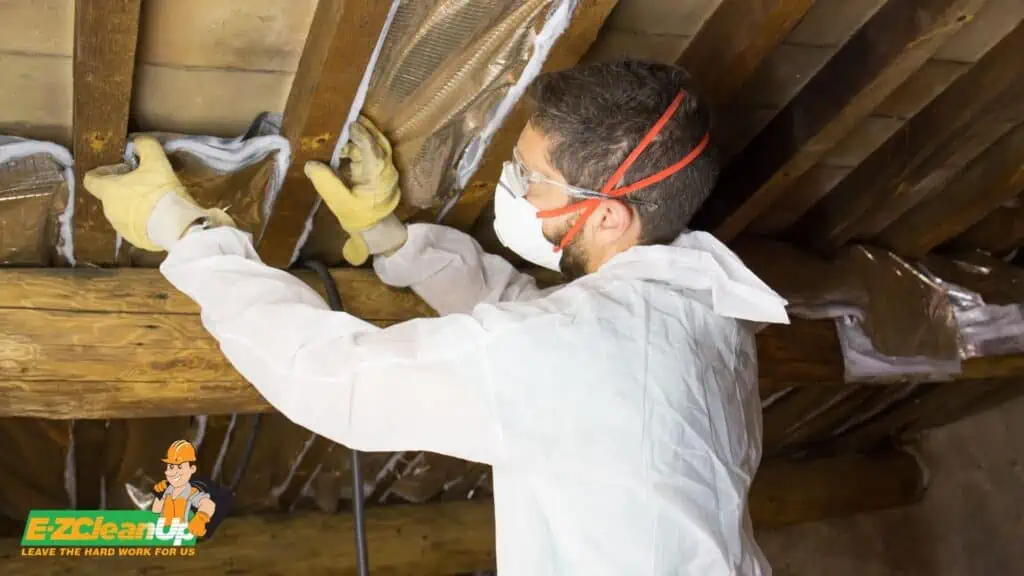
Ensure Proper Disposal for All Types of Waste
Disposing of old insulation doesn’t have to be a headache. With a bit of knowledge and the right approach, you can turn what seems like a chore into a contribution towards a healthier planet. Remember, every piece of insulation handled correctly is a step towards sustainability.
But when the going gets tough and you find yourself with materials that can’t simply be left at the curb, EZ CleanUp steps in. While we don’t handle hazardous materials directly, we’re experts at managing the rest, making your clean-up project as seamless as possible.
Reach out to us for a cleaner, greener, and easier disposal solution.

